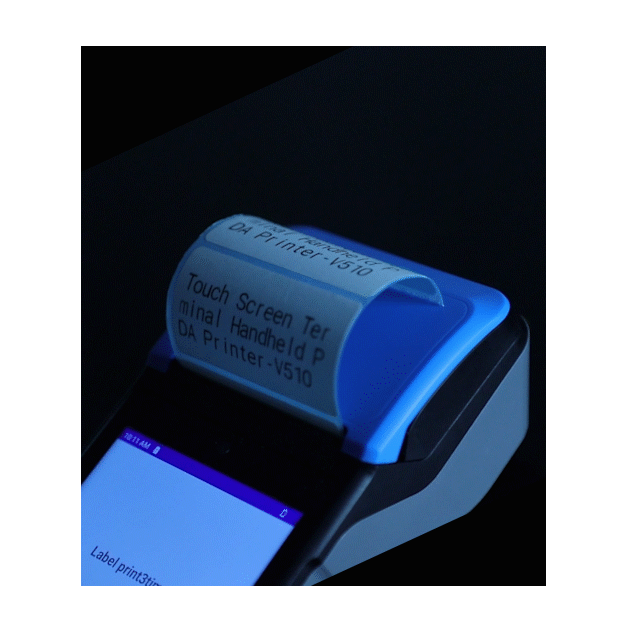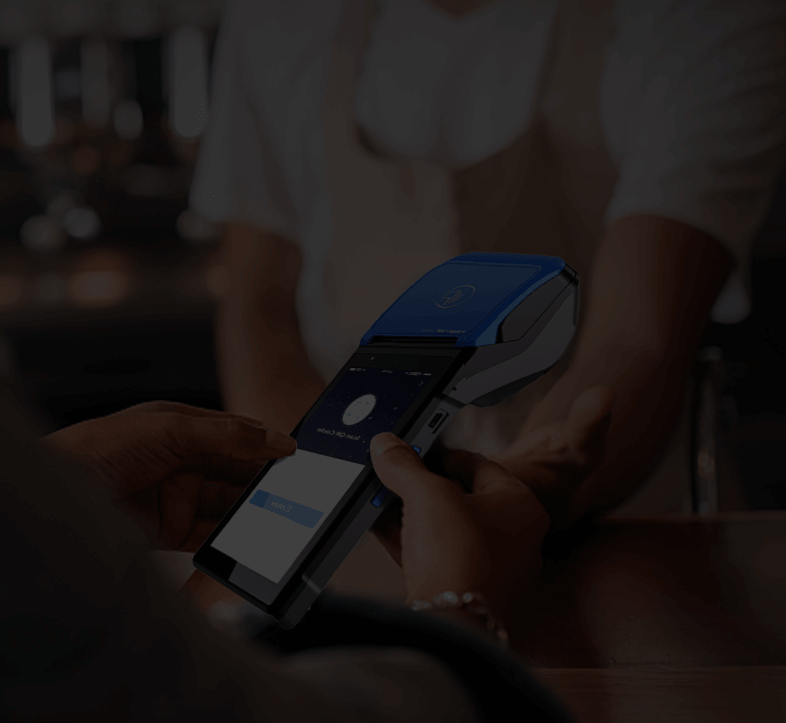The Technology Behind POS Terminals
POS terminals are more than just card readers. They are complex devices equipped with a multitude of technologies that make them the powerful tools they are. A typical POS terminal includes a card reader, a keypad or touchscreen for input, a printer for receipts, and a computer to manage the entire process.
The card reader uses magnetic stripe, chip, or contactless technology to read the information stored on a customer's card. The keypad or touchscreen allows the cashier or customer to enter necessary information, such as a PIN or the amount to be charged. The printer prints out physical receipts, while the computer runs the software that oversees the transaction process, manages inventory, and records sales data.

Demystifying the Process: How does a POS Terminal work?
The terminal then prompts the customer to insert, swipe, or tap their card.
Once the card is read, the terminal communicates with the customer's bank via the internet or telephone lines to request authorization for the transaction. The bank checks the customer's account for sufficient funds or credit. If approved, the funds are reserved for the transaction, and the terminal prints a receipt. The entire process takes just a few seconds.
Step-by-Step Guide to How a POS Terminal Processes Transactions
Let's dive deeper into the process. When a transaction is initiated, the POS terminal first reads the card's information, which is stored on the magnetic stripe or chip. This information includes the card number, expiration date, and cardholder name. For chip cards, the chip also generates a unique, one-time code for the transaction to increase security.
Next, the terminal encrypts this information and sends it to the merchant's acquiring bank. The acquirer then forwards the encrypted information to the card issuer (the customer's bank) via the card network (like Visa or MasterCard). The card issuer checks the transaction details and the customer's account for fraud and sufficient funds.
If everything checks out, the issuer sends an authorization code back through the same path. The terminal receives this code, indicating the transaction has been approved. The terminal then prints a receipt and the transaction is completed. Later, the reserved funds are transferred from the customer's account to the merchant's account, completing the financial side of the transaction.
Common Problems with POS Terminals and How to Solve Them
Like any technology, POS terminals can sometimes run into issues. Common problems include difficulty reading cards, slow transaction times, and connectivity issues.
If a terminal is having trouble reading cards, the card reader may be dirty or damaged. Regular cleaning of the card reader can help prevent this issue. Slow transaction times can be caused by a slow or unstable internet connection. Ensuring a stable, high-speed connection can help speed up transactions. Lastly, if the terminal is having connectivity issues, it could be due to problems with the internet or phone lines, or issues with the terminal's hardware or software. Regular maintenance and updates can help prevent these issues.
Future Trends in POS Terminal Technology
The world of POS terminal technology is constantly evolving. Some of the emerging trends include mobile and tablet-based POS systems, cloud-based POS software, and the integration of POS systems with e-commerce platforms.
Mobile and tablet-based POS systems offer greater flexibility and mobility, allowing businesses to take payments anywhere in their store or restaurant, or even off-site. Lastly, integration with e-commerce platforms allows businesses to manage their brick-and-mortar and online sales from a single system, simplifying operations and providing a more seamless customer experience.

POS terminals can be connected to a bank of registers
POS terminals can be connected to a bank of registers to make up the most advanced point of sale computer system. The devices are connected to cash registers that record sales information on a receipt or voucher. The devices also allow customers to check out their purchases and pay for them using credit or debit cards or by using a cash register's built-in wallet.POS terminals are used to make sales transactions. POS terminals are connected to a bank of registers that record each transaction. A POS system can be set up to allow customers to make purchases using their credit cards, debit cards or cash. It can be connected to a bank of registers to make up the most advanced point of sale computer system. They use a variety of input devices including keyboards, touch screens and bar code scanners. Some systems also include a printer for making receipts or packing slips for customers who want them.
The cashier can view the sales on the screen using a monitor and keyboard
The cashier can view the sales on the screen using a monitor and keyboard. The monitor displays a list of items ordered (in this case, pens), and the keyboard allows you to select an item from the list. You can also tell the cashier how many pens you want to buy by typing in a number in front of "pen." The system displays a total for each item. This number represents your total cost for those items. The cashier enters your total into her calculator, which then displays your total bill with subtotals for each item, showing how much you owe for each payment option. You can also display a running tally of your account balance by typing "balance" at any time.
This ensures accurate currency exchange and other accounting functions.
The most important function of a business' accounting system is to ensure accurate currency exchange and other accounting functions. This ensures that the correct amounts are paid and received, as well as that all transactions are recorded in a timely manner.Accurate transaction tracking is also essential for tax purposes. When your business pays employees and vendors, the IRS requires that you keep track of all payments made during the year. If you choose to use an electronic program, it should include features like importing data from other programs or creating work orders based on purchase orders or invoices. You also need to know how to import bank statements, payroll checks and other financial documents into the program so they're available when needed.
The computer will then read your card and check the status of your purchase.
If everything is okay, the computer will then check if there are any other items that you have ordered in the past. If they are already on the way, then the system will confirm this to you. If they are not yet ready, then they will tell you when they are available online or at the store.Your card will then be read and the purchase will be checked. If there is no charge, you are free to go. If there is a charge, the computer will give you the opportunity to cancel the transaction or proceed with the order. If you proceed with the order, your card will be charged for this item. When this happens, an email will be sent to you with details of how much was billed, where it was billed from (your bank), and what your billing currency is (the currency in which your credit card statements are printed).

A secure internet connection provides the ability to complete payments online from remote sites.
A secure internet connection provides the ability to complete payments online from remote sites. This is especially true for merchants who sell high-value items or services. According to a survey conducted by IPSOS, nearly 80% of consumers expect their shopping experience to be secure when they shop online.It's not just about convenience or speed. Consumers are demanding more security when it comes to their transactions and payments. When you consider that 97% of consumers believe that their information should be protected no matter where they shop, a secure payment gateway is an important feature that can help your online store stand out in the crowd.
Section: POS terminals are designed for all types of retail applications
POS terminals are designed for all types of retail applications, including supermarkets, convenience stores, restaurants, and self-service checkouts. POS terminals are found in most retail establishments today. With a wide range of features available from one manufacturer, POS terminals can be configured to meet the needs of your business.POS Terminals are used to process credit card transactions and provide a range of other functions such as cashier controls and inventory management. They can also be used for accounting and storage of data. In fact any process where you need to enter or update information into a computer system can be done with a POS terminal.
To sum up, POS terminals are a vital tool for any business that accepts card payments. While the technology and process may seem complicated, it's actually a series of simple steps that ensure secure and efficient transactions. By understanding how a POS terminal works, businesses can better utilize this technology to streamline their operations, increase sales, and enhance customer satisfaction. So, the next time you swipe, insert, or tap your card at a POS terminal, you'll know exactly what's going on behind the scenes. And, if you're a business owner, you'll be better equipped to choose the right POS terminal for your needs.


 French
French German
German Arabic
Arabic Italian
Italian Spanish
Spanish Japanese
Japanese Persian
Persian Korean
Korean Chinese (Simplified)
Chinese (Simplified)









